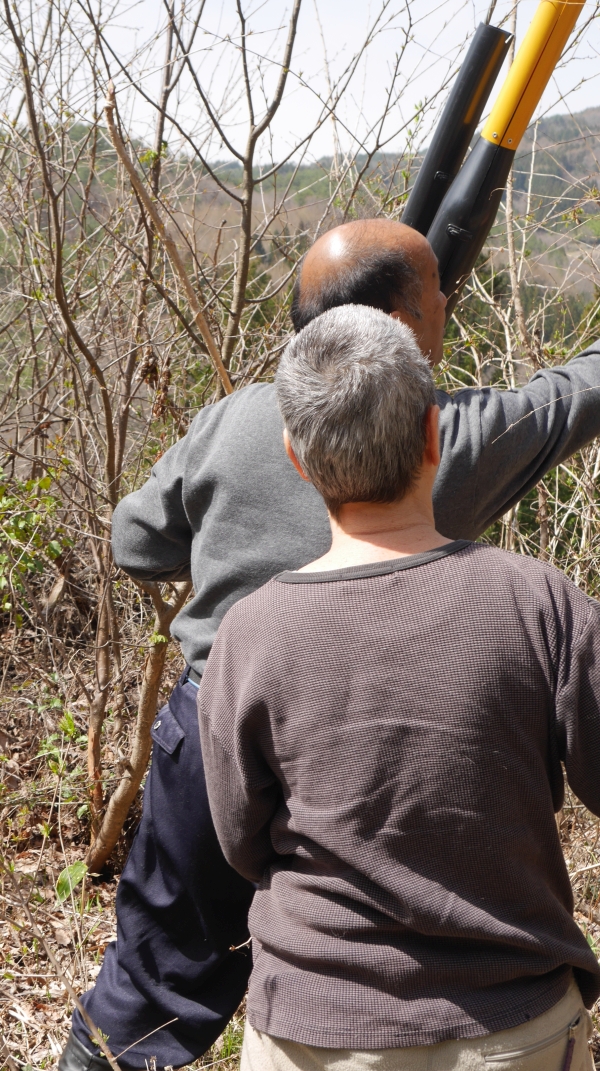On 9th April 2016 I was staying with my new friend Tei Kobayashi in the mountains in a lovely village, Nogura, above Ueda in Nagano Prefecture. I was put in touch with Tei through a mutual friend in Norwegian Seed Savers (KVANN), Caroline Ho-Bich-Tuyen Dang, when I put out a call for an interpreter when visiting the farm with the underground udo forcing caverns in Tokyo: https://www.edimentals.com/blog/?p=8284 and https://www.edimentals.com/blog/?p=7499
Tei had kindly agreed to travel down to help out!
She took me to see udo (Aralia cordata) being grown on a small farm in her village with a villager who had knowledge of sansai. The new shoots were just appearing through a thick layer of rice husks. Here’s a video and some pictures of this beautiful place! Thanks again to you Tei for your hospitality without which this would never have been possible!
There will hopefully be more posts from the visit with Tei as soon as time allows!
Tei starts talking about another use of rice husks, in nukazuke, fermented vegetables in rice bran (nuka), see https://en.wikipedia.org/wiki/Nukazuke
(Thanks to Tei for the following clarification: I just wanted to comment on the Udo cultivation process. I just learned that it is not “nuka “ but “momigara” that the plants are grown in to keep them white. “Momigara is the outermost husk of the rice kernel. “Nuka” is the inner rice hull it is very finely ground into an almost powdery substance. Nuka is the outer covering of the rice that is removed to make it white…it is often polished after the hull is removed”.)

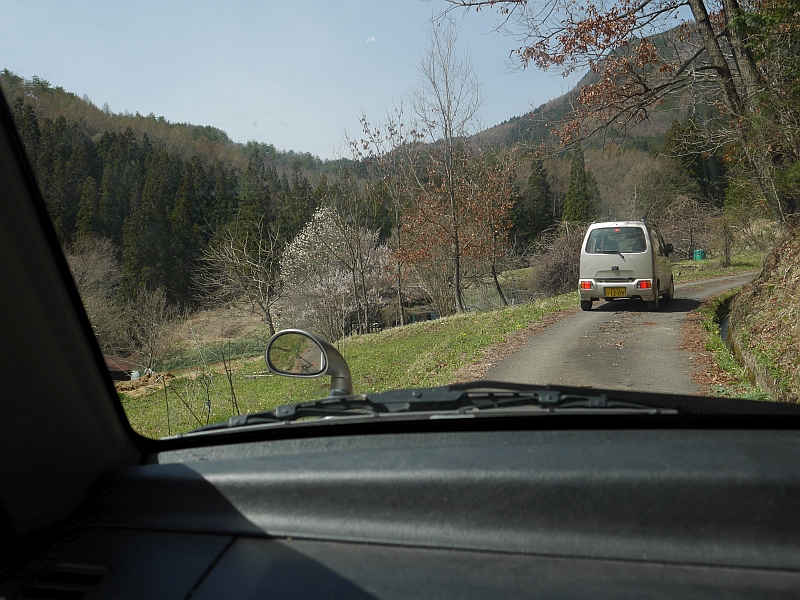
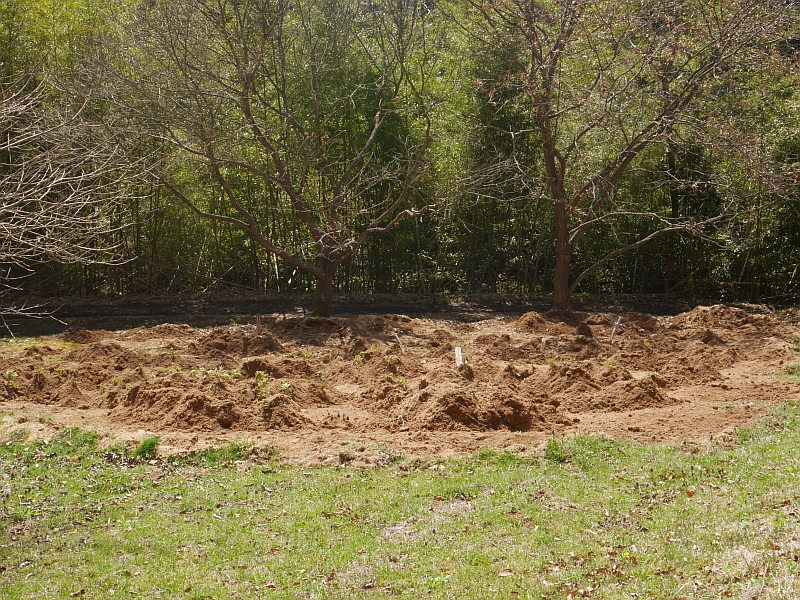

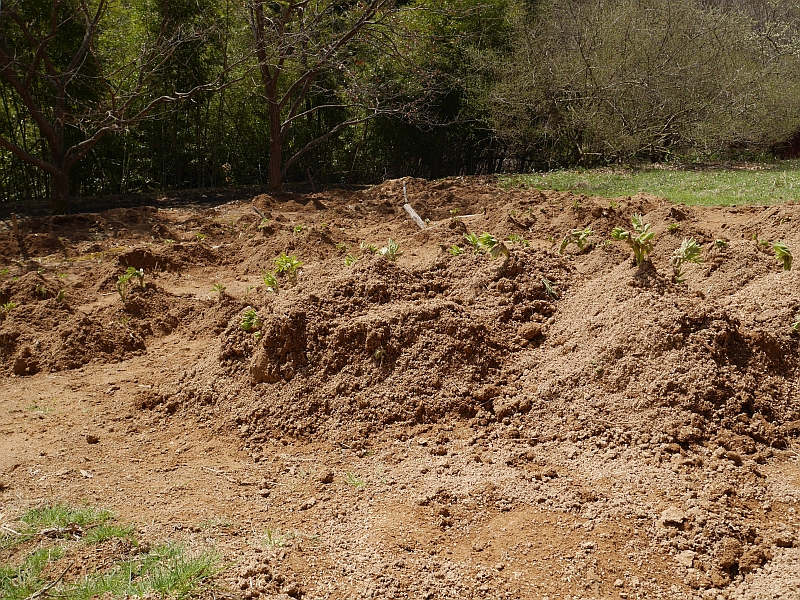






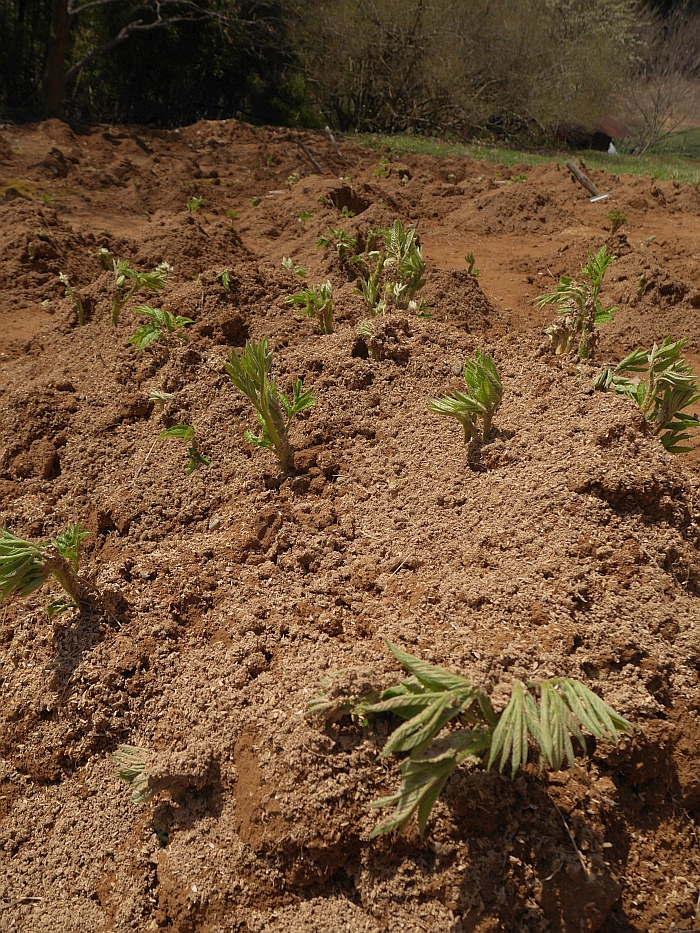


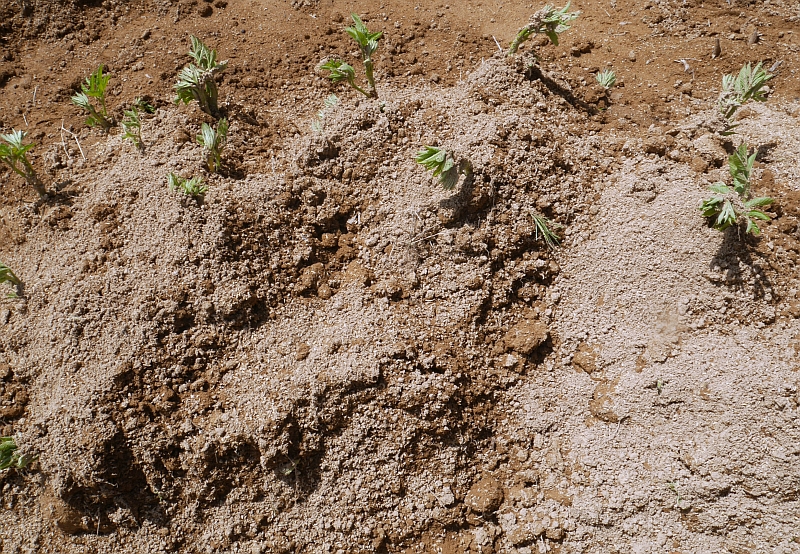 Showing us Chengiopanax sciadophylloides (koshiabura) which had yet to emerge:
Showing us Chengiopanax sciadophylloides (koshiabura) which had yet to emerge: 